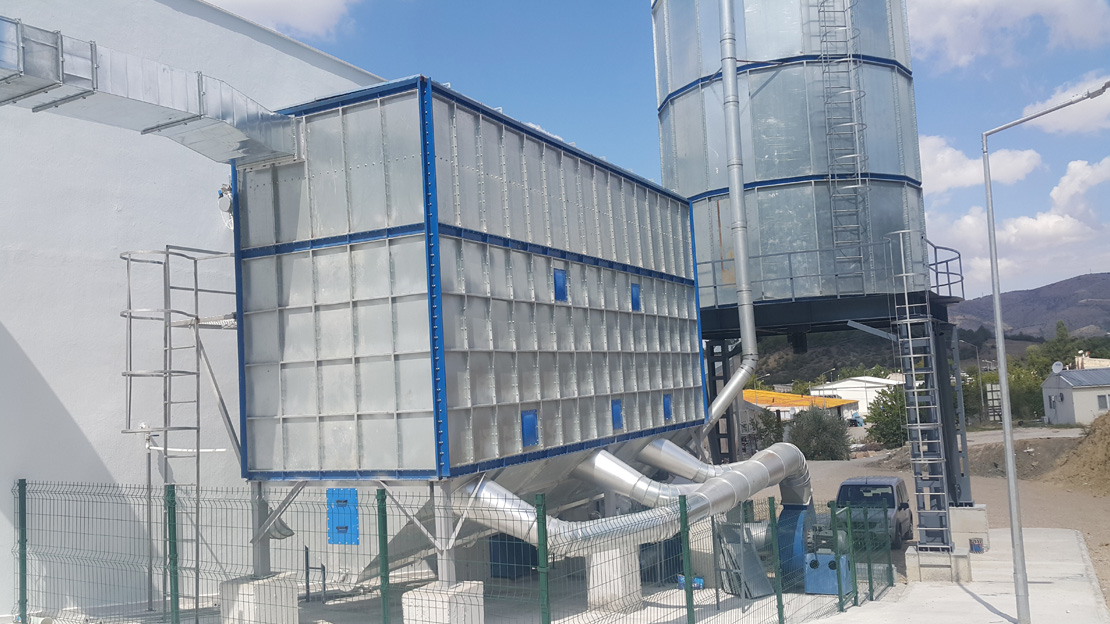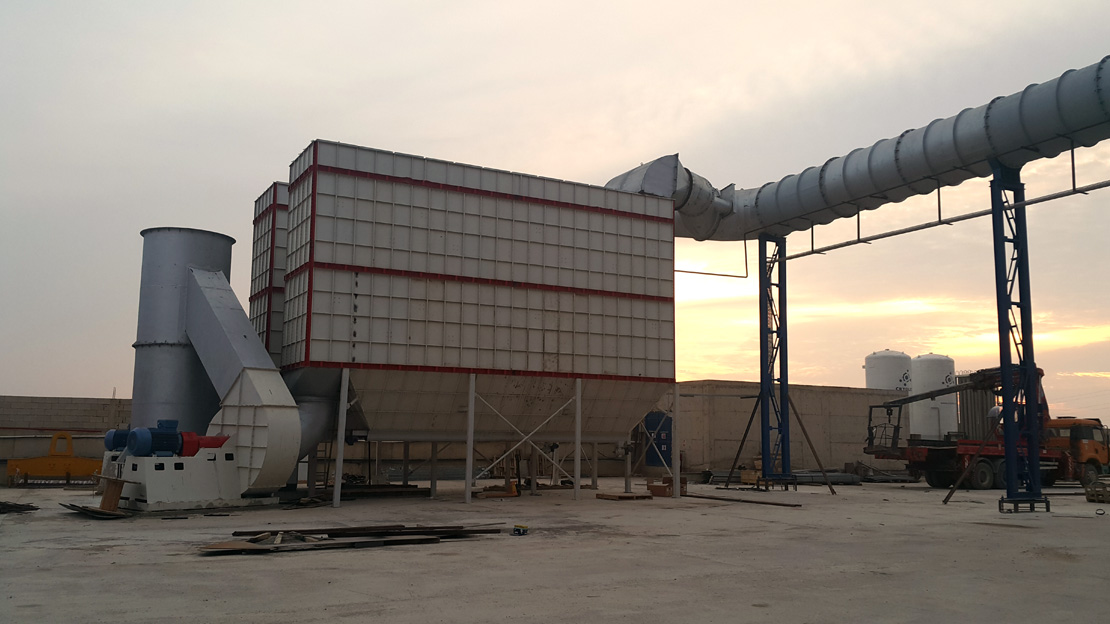








Ventilation Systems Ventilation systems are among the subjects that individuals are most curious about today. At this point, you can get a professional experience with ventilation systems. Natural ventilation was the most common method of allowing indoor air in a home to be replaced by fresh outdoor air. Today it is often not the best ventilation strategy, especially for homes that are properly airtight for energy efficiency. Natural ventilation also often does not provide adequate humidity control. Natural ventilation occurs when there is uncontrolled air movement or leakage through cracks and small holes in a home. Opened windows and doors also provide natural ventilation. However, due to central heating and cooling systems, most people do not open windows and doors very often. Therefore, air infiltration has become the main mode of natural ventilation in homes. Mechanical Ventilation Mechanical fans provide mechanical ventilation. Fans can be mounted directly on windows or walls, or mounted in ducts to supply or evacuate air from a room. The type of mechanical ventilation used depends on the climate. For example, in hot and humid climates, leakage may need to be minimized or avoided to reduce interstitial condensation (which occurs when warm, moist air from inside a building penetrates a wall, roof, or floor and encounters a cold surface). In these cases, a positive pressure mechanical ventilation system is usually used. Conversely, in cold climates, leakage must be prevented and negative pressure ventilation is used to reduce interstitial condensation. A negative pressure system is often used for a room with locally produced pollutants such as a bathroom, toilet or kitchen.
In a positive pressure system, the room is at positive pressure and room air leaks out through envelope leaks or other openings. In a negative pressure system, the room is at negative pressure and the room air is balanced by "sucking" air from outside. A balanced mechanical ventilation system refers to a system in which air supplies and exhausts are tested and adjusted to meet design specifications. Room pressure can be maintained at slightly positive or negative pressure, which is achieved using somewhat uneven supply or exhaust ventilation rates. For example, 10% more air is consumed from the supply in a cold climate, resulting in a slight negative room pressure to minimize the possibility of interstitial condensation. In an airborne containment chamber for infection control, the minimum negative pressure is 2.
Bu site çerezler kullanır. Sitede gezinmeye devam ederek çerezlerimizin kullanımını kabul etmiş olursunuz.
Daha fazlası